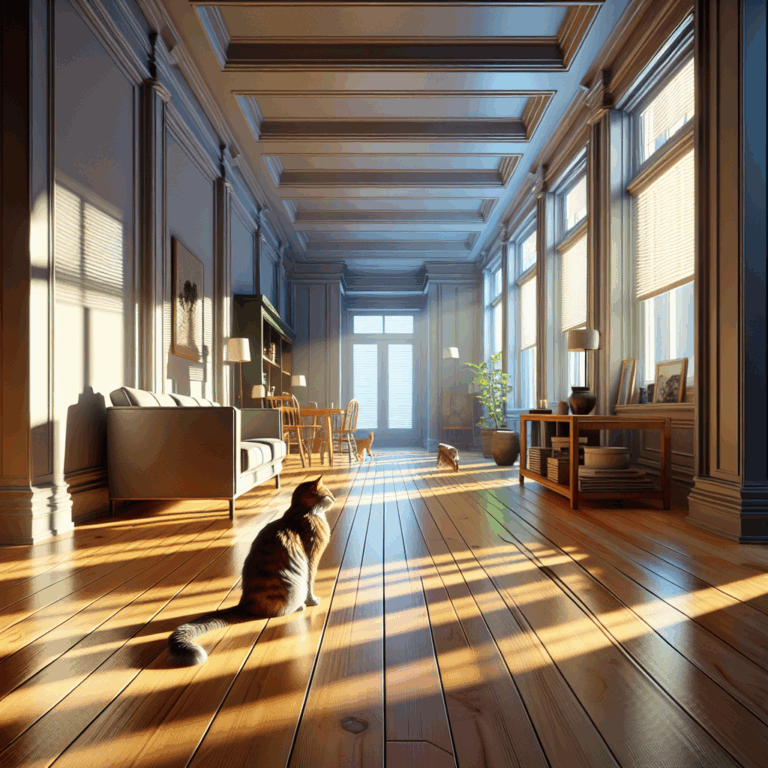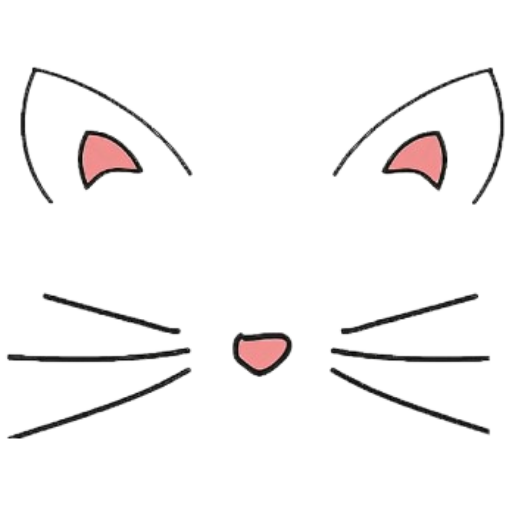From Strays to Stars: The Rise of Cats in Pop Culture
In recent years, the global affection for cats has skyrocketed, transforming these once-humble creatures into icons of pop culture. From the viral sensation of internet memes to their prominent roles in films and literature, cats have captivated audiences worldwide, solidifying their status as beloved companions and cultural symbols. This widespread adoration has not only influenced the entertainment industry but also reshaped the way society perceives and interacts with feline friends.
The ascendancy of cats in popular culture can be traced back to the early days of the internet, when platforms like YouTube became the breeding ground for viral cat videos. Who could forget the charm of “Keyboard Cat” or the mesmerizing antics of “Nyan Cat”? These videos not only entertained millions but also paved the way for the modern meme culture, where cats are often the stars of the show. This phenomenon has led to the rise of internet-famous felines, such as Grumpy Cat, Lil Bub, and Maru, who have garnered international fame and amassed millions of followers across various social media platforms.
Hollywood has also embraced the feline frenzy, featuring cats in a myriad of films and TV shows that highlight their enigmatic nature and undeniable allure. From the iconic Cheshire Cat in “Alice in Wonderland” to the recent CGI spectacle of “Cats,” filmmakers have long recognized the narrative potential that cats bring to the screen. Animated films like “The Secret Life of Pets” and “Puss in Boots” further exemplify how cats have captured the imagination of children and adults alike, showcasing their playful and adventurous sides while maintaining an air of mystery.
Literature has not been immune to the charm of cats either. With books like “Old Possum’s Book of Practical Cats” by T.S. Eliot inspiring major theatrical productions, and contemporary novels like “The Cat Who Saved Books” by Sosuke Natsukawa enchanting readers, cats have proven to be timeless muses for writers across genres. Their presence in literature often symbolizes independence, wisdom, and the mystical, qualities that resonate deeply with audiences.
Moreover, the cultural impact of cats extends beyond entertainment, influencing fashion, art, and even business. Cat-themed merchandise, ranging from clothing and accessories to home decor, has become a significant market, with retailers capitalizing on the feline fascination. Art exhibitions dedicated to cats, such as the annual Cat Art Show in Los Angeles, celebrate their influence on creativity and offer a platform for artists to explore the multifaceted nature of these creatures.
The surge in cat popularity is also reflective of a broader societal shift in pet ownership. As urbanization increases, more people are opting for cats as pets due to their adaptability to apartment living and relatively low maintenance. This trend has led to a greater appreciation for cat welfare and advocacy, with numerous organizations dedicated to improving the lives of stray and shelter cats around the world.
In conclusion, the rise of cats in pop culture is a testament to their enduring charm and the unique bond they share with humans. As they continue to inspire creativity and bring joy to millions, it’s clear that the cultural impact of cats will only grow stronger. Whether through the screen, page, or canvas, these feline friends have firmly established themselves as stars in their own right, proving that they are much more than just pets—they are icons.

In recent years, the global affection for cats has skyrocketed, transforming these once-humble creatures into icons of pop culture. From the viral sensation of internet memes to their prominent roles in films and literature, cats have captivated audiences worldwide, solidifying their status as beloved companions and cultural symbols. This widespread adoration has not only influenced the entertainment industry but also reshaped the way society perceives and interacts with feline friends.
The ascendancy of cats in popular culture can be traced back to the early days of the internet, when platforms like YouTube became the breeding ground for viral cat videos. Who could forget the charm of “Keyboard Cat” or the mesmerizing antics of “Nyan Cat”? These videos not only entertained millions but also paved the way for the modern meme culture, where cats are often the stars of the show. This phenomenon has led to the rise of internet-famous felines, such as Grumpy Cat, Lil Bub, and Maru, who have garnered international fame and amassed millions of followers across various social media platforms.
Hollywood has also embraced the feline frenzy, featuring cats in a myriad of films and TV shows that highlight their enigmatic nature and undeniable allure. From the iconic Cheshire Cat in “Alice in Wonderland” to the recent CGI spectacle of “Cats,” filmmakers have long recognized the narrative potential that cats bring to the screen. Animated films like “The Secret Life of Pets” and “Puss in Boots” further exemplify how cats have captured the imagination of children and adults alike, showcasing their playful and adventurous sides while maintaining an air of mystery.
Literature has not been immune to the charm of cats either. With books like “Old Possum’s Book of Practical Cats” by T.S. Eliot inspiring major theatrical productions, and contemporary novels like “The Cat Who Saved Books” by Sosuke Natsukawa enchanting readers, cats have proven to be timeless muses for writers across genres. Their presence in literature often symbolizes independence, wisdom, and the mystical, qualities that resonate deeply with audiences.
Moreover, the cultural impact of cats extends beyond entertainment, influencing fashion, art, and even business. Cat-themed merchandise, ranging from clothing and accessories to home decor, has become a significant market, with retailers capitalizing on the feline fascination. Art exhibitions dedicated to cats, such as the annual Cat Art Show in Los Angeles, celebrate their influence on creativity and offer a platform for artists to explore the multifaceted nature of these creatures.
The surge in cat popularity is also reflective of a broader societal shift in pet ownership. As urbanization increases, more people are opting for cats as pets due to their adaptability to apartment living and relatively low maintenance. This trend has led to a greater appreciation for cat welfare and advocacy, with numerous organizations dedicated to improving the lives of stray and shelter cats around the world.
In conclusion, the rise of cats in pop culture is a testament to their enduring charm and the unique bond they share with humans. As they continue to inspire creativity and bring joy to millions, it’s clear that the cultural impact of cats will only grow stronger. Whether through the screen, page, or canvas, these feline friends have firmly established themselves as stars in their own right, proving that they are much more than just pets—they are icons.



18 thoughts on “From Strays to Stars: The Rise of Cats in Pop Culture”
It’s wonderful to see how cats have become beloved figures in entertainment and beyond, captivating audiences everywhere.
It’s wonderful to see how cats have become such beloved icons in today’s cultural landscape!
This post wonderfully highlights the increasing admiration and cultural significance cats have gained in recent times.
This post provides an interesting overview of how cats have become significant figures in various aspects of pop culture.
This post beautifully highlights the fascinating journey of cats becoming prominent figures in modern culture.
The post overlooks the potential negative impacts of cat overexposure on social media and entertainment industries.
The article beautifully highlights how cats have become cherished cultural symbols, captivating audiences worldwide.
It’s fascinating to see how cats have become such beloved figures in pop culture, captivating audiences around the world.
This article beautifully highlights the journey of cats from humble beginnings to becoming celebrated icons in our cultural landscape.
It’s delightful to see how cats have become such prominent figures in our entertainment and daily lives.
It’s fascinating to see how cats have captured the hearts of people worldwide and become cultural icons.
While the fascination with cats is undeniable, it’s important to consider how this craze sometimes overlooks other animals that might deserve similar attention. The focus on cats can overshadow the diverse range of pets and their unique contributions to our lives.
It’s interesting how the trend and commercialization of cats in pop culture often overshadow important issues like overpopulation and lack of shelters.
It’s wonderful to see how cats have become such beloved icons in pop culture!
It’s fascinating to see how cats have become such beloved figures in modern culture, capturing hearts everywhere!
It’s wonderful to see how cats have become beloved icons and brought joy to so many people.
While cats have indeed gained popularity and brought joy to many, it’s important to acknowledge the potential environmental impact of their increased numbers, such as the threat to local wildlife populations.
It’s wonderful to see how cats have become such beloved figures in pop culture, captivating audiences everywhere.
Comments are closed.